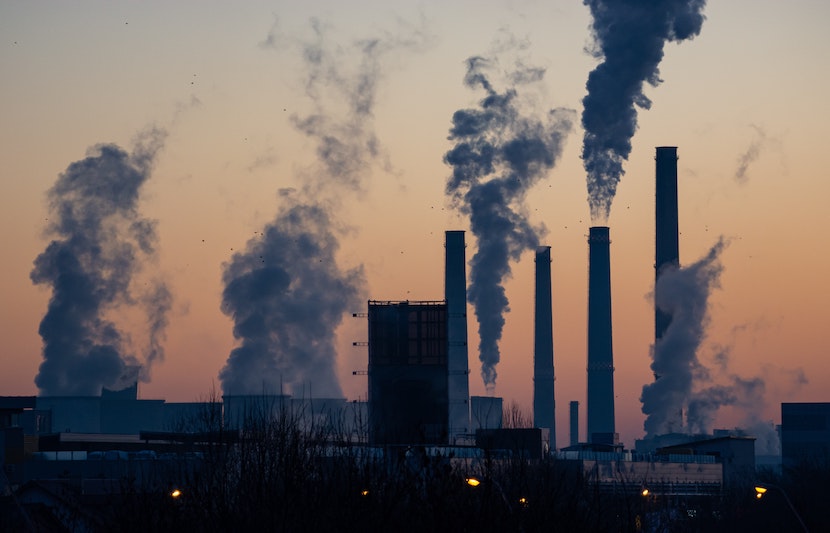An international team of researchers has become the first to use a tool to calculate the nitrogen footprint of an Australian university, the University of Melbourne (UoM).
They will use their data to help provide a guide for other universities and institutions to reduce their nitrogen footprints.
Nitrogen pollution stands as one of the primary threats to the environment. Its abundance in the atmosphere can lead to smog, acid rain, stratospheric ozone depletion, biodiversity loss, cancer, intensification of the greenhouse effect and more.
“We want to use the nitrogen footprint to set clear goals to decrease the university’s nitrogen pollution, and also serve as a model for other Australian universities and institutions,” said Deli Chen, a professor of agricultural sciences at UoM and co-author of the study.
Previous research has shown that Australia has the largest per-capita nitrogen footprint in the world, mostly due to high levels of coal use and beef consumption.
“This finding underscores the urgency of reducing nitrogen losses in Australia,” said Chen.
Why is nitrogen a threat?
Nitrogen is necessary for the existence of plants, animals and humans. However, only a very small amount of the nitrogen in the atmosphere is needed for nature’s development.
The gas is most often emitted via food consumption, energy and travel.
Farmers use nitrogen fertilizers to help their crops grow. When cows, pigs and other animals eat the crops, they ingest and release high levels of nitrogen. Humans then consume crops, meat and dairy products from farm animals and exacerbate the problem.
The team’s previous work showed that Australia emits 47 kilograms (103 pounds 9.87 ounces) of nitrogen per person per year. To put this in perspective, the U.S. is second on that list with 28 kilograms (61 pounds, 11.67 ounces) of nitrogen footprint per person per year.
This is especially concerning, for Australia is home to the Great Barrier Reef. High nitrogen runoff in Queensland is causing significant damage to the ecosystem.
The research
“To understand more about Australia’s footprint, we delved into the figures to measure institutional nitrogen footprint, using the University of Melbourne as our guinea pig,” Chen said in a statement.
The researchers found that the university has a nitrogen footprint of 139 tonnes. Thirty-seven percent of the nitrogen came from food production, 32 percent came from energy use, and 28 percent came from transportation.
If nothing is done to slow down how the university emits, its nitrogen footprint is expected to grow to 157 tonnes by 2020.
However, if UoM is successful in cutting emissions from food, energy use and travel, it could reduce its nitrogen emissions to 57 tonnes by 2020.

For the university to accomplish its goal, it should implement changes to its food purchases, consider the switch to solar or wind energy, and significantly reduce air travel emissions.
The full study explaining the research is published in the Journal of Cleaner Production.
The team consisted of researchers from the University of Melbourne, Zhejiang University, University of New Hampshire and University of Virginia.
Cutting nitrogen footprint
In an effort to avoid further unnecessary pollution, the researchers want to use the footprint to develop and set goals for other universities and institutions to become more sustainable.
“In terms of operations, nitrogen footprint analysis could be combined with the carbon footprint through a centralized calculation platform and an integrated sustainability plan,” said Chen.
“In terms of policy planning, the nitrogen footprint can serve as a quantitative sustainability indicator for tracking purposes and for evaluating the effect of alternative nitrogen management actions.”
On college campuses, knowing the nitrogen footprint could inspire administrators, academics and stakeholders to start a dialogue on how to formulate policies to slow down emissions.
Chen suggests that once nitrogen footprints are calculated, universities could initiate on-campus initiatives, such as putting footprint labels on foods in dining halls.
What’s next?
Altogether, action by universities and institutions is imperative if Australia and the rest of the world wish to slow down emissions.
In the future, the researchers plan to continue testing the nitrogen footprint of Australian universities so that the schools can compare and develop the best methods, practices and policies to lower nitrogen emissions, said Chen.
“Institutions consist of individuals who are consumers and collectively hold substantial purchasing power, and a change in the consumer demand would drive changes up the supply chain, ultimately reducing nitrogen pollution,” said Chen.



